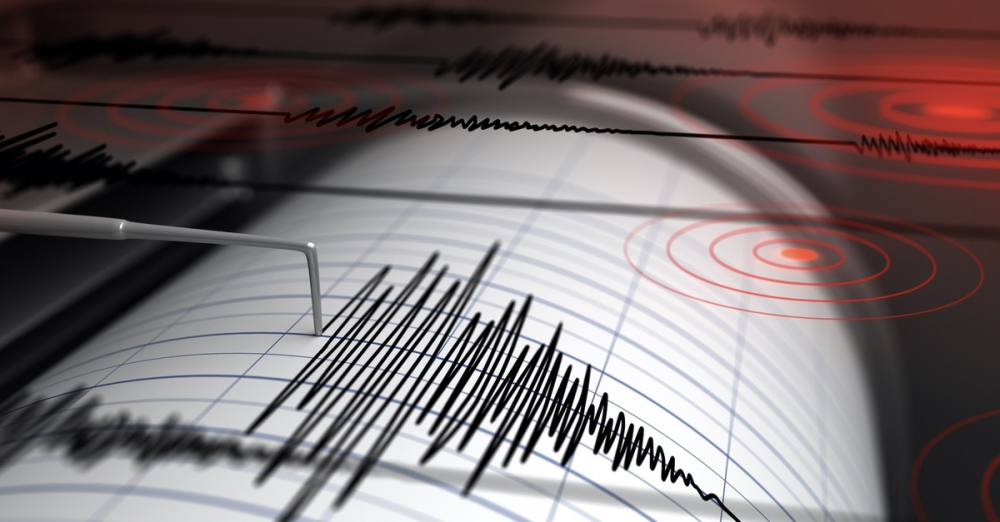On October 20, the President of Uzbekistan Shavkat Mirziyoyev approved measures for the development of seismic safety and seismology.
From January 1, 2026, seismic stability monitoring will be organized at historical and cultural heritage sites. At the first stage, such sites with high tourism potential as the Registan in Samarkand, Ark in Bukhara and Ichan-Gala in Khiva will be covered.
Starting from March, online seismic monitoring will be introduced at automobile and railway bridges, underground and surface tunnels. Based on the data, responsible organizations will conduct inspections in vulnerable areas of the sites.
Observations will be conducted by the Republican Seismic Prognostic Monitoring Center of the Ministry of Emergency Situations. Data on cultural heritage sites will be collected through the Cultural Heritage Agency platform, and on transport sites through the TransportSeismic service.
Radar space monitoring will be organized for areas with a high risk of landslides on the A-373 and M-39 highways in mountainous areas. The data will be transmitted by Uzbekcosmos to the Emergency Situations, Geology, Transport and Meteorology services.
An online seismological platform will also be created in Uzbekistan and integrated with the “Transparent Construction” system. The platform will present in digital form:
- regional accelerogram databases of possible earthquakes;
- seismic zoning maps, microzonation maps of district and city centers;
- maps of active tectonic faults.
New buildings and infrastructure facilities in seismically active zones will be designed taking into account seismic indicators. This data will also form the basis for urban planning expertise.
From January 2026, medium and long-term seismic activity forecasts will be prepared using artificial intelligence, initially applied in Tashkent. Starting in March, the technical condition of the seismic stability of buildings will be analyzed using artificial intelligence, and areas with earthquake risk will be identified based on big data.
For underground structures, engineering-geological and seismological indicators will be prepared at depths of 10, 20 and 30 meters and converted into digital seismic intensity maps. In the regional and city centers, studies and engineering preparatory work will be carried out on seismic isolation of the soil. Based on the results, a normative-technical document will be prepared for the construction of seismically resistant buildings.
It should be noted that earlier the government allowed preparatory work to begin on the territory of the Chorsu hotel without completing the project documentation.







